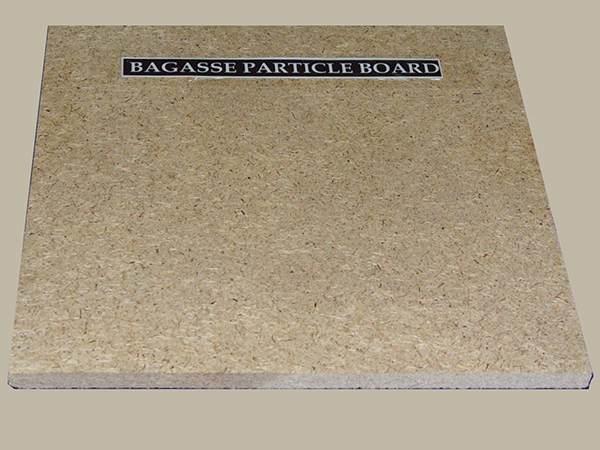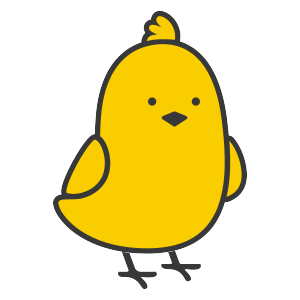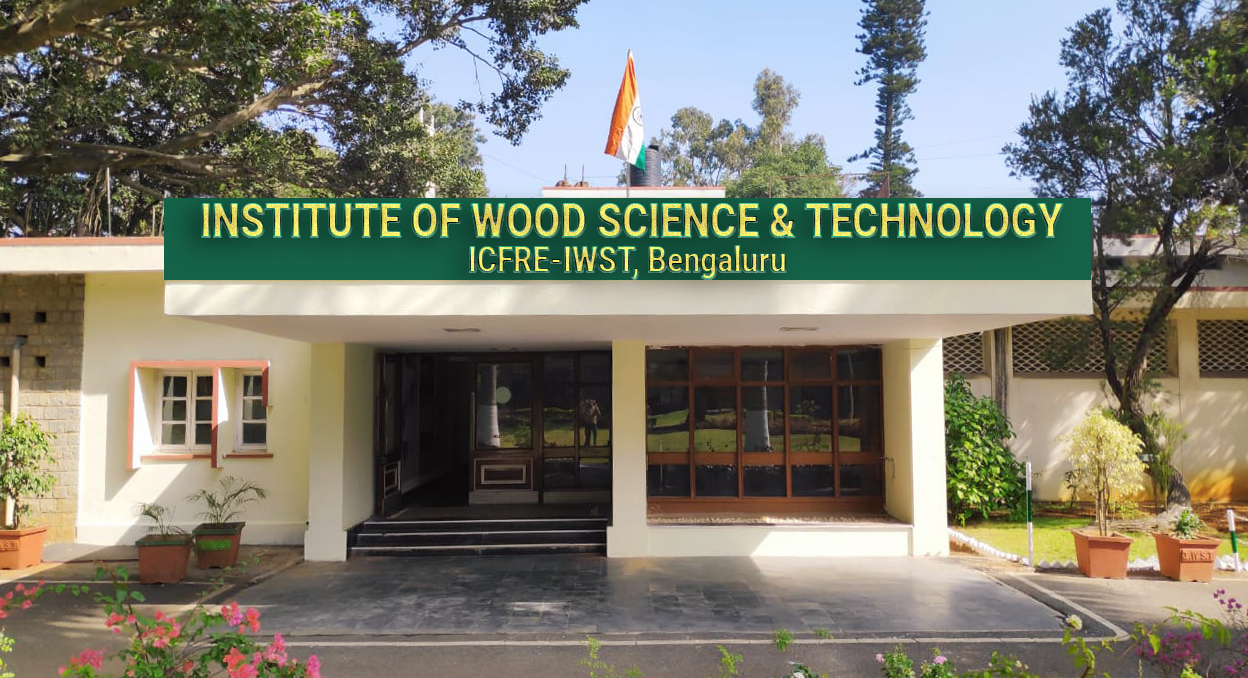Bagasse Particle Board

Bagasse is the fibrous residue left after extraction of juice from sugarcane. The fibre content varies between 26-30 to 33-36%. On an average, it constitutes about one third of sugarcane crushed. India is the largest producer of sugar in the world, but in terms of utilization o bagasse for paper making, it ranks 14th, as most of this valuable material is burnt as fuel in sugar mills and only the “saved or substitute bagasse” is available for pulping.
Bagasse is the residual pulp from sugar cane (Saccharus officinarum L.) after the juice has been extracted. A considerable amount of excess bagasse generated from sugar mills are only le`ft to rot or burned to do away with storage. As a fire and an environmental hazard, this waste material possesses a challenge in waste management to the sugar mills and a concern to the environmentalists for it presents a serious disposal problem. Bagasse Particle Board
However the RHPB technology developed by IPIRTI was transferred in 1985 to National Development Corporation (NRDC) of New Delhi, India, and they inturn to to M/S Padmavathy Panel Boards Pvt. Ltd (PPBL), Bangalore, Karnataka in 1987. The institute also worked through PPBL to overcome the problem generally encountered in transferring any technology from lab to factory.



